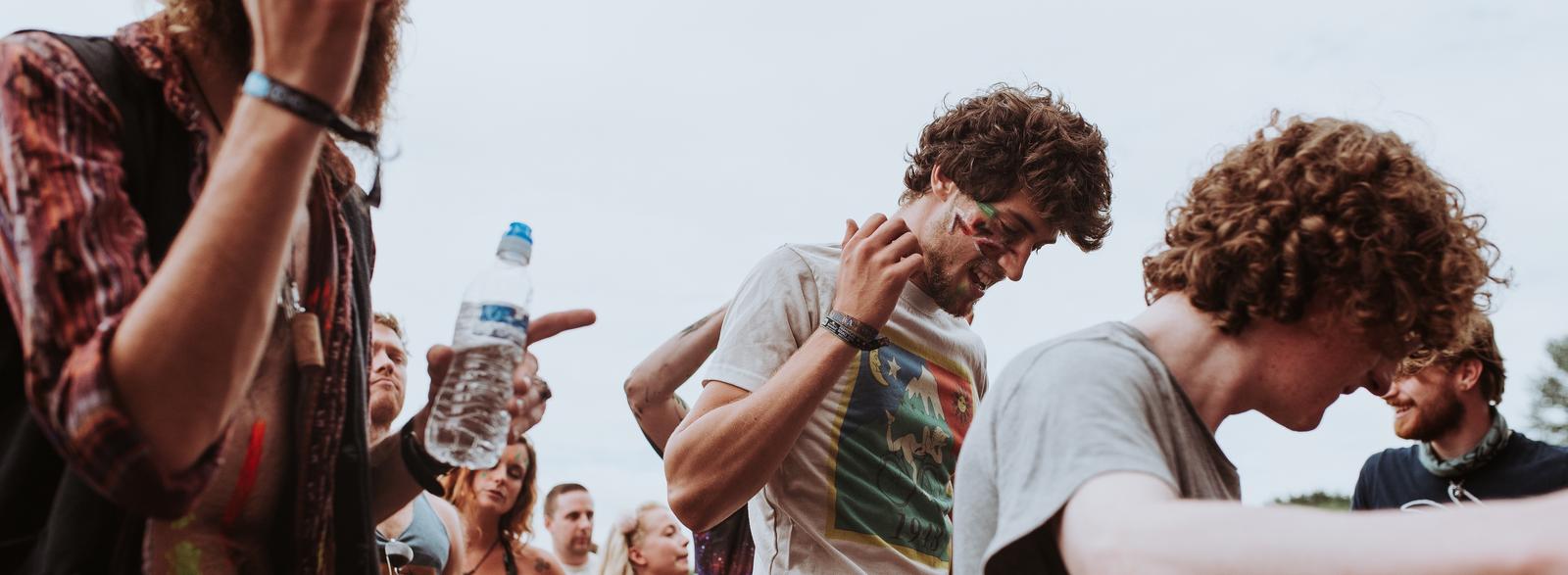In Germany, you can't share photos and videos of other people without their permission. In this guide, we explain the rules every photographer must follow.
Taking photos of people
In general, you can take photos of people in public spaces, but there are some exceptions.
- You can't take photos of people if it shows their helplessness1, 2. For example, you can't take photos of accident victims, drunk people or nude people without their permission1, 2, 3. This also applies to celebrities1.
- You can't take photos of people if it violates their privacy. You can't take pictures of people in their home, or in a changing room1. You can't take photos of naked people in their garden1. This also applies to celebrities1.
You can't take such pictures, even if you don't share them1.
Sharing photos of people
If you share a photo of someone, you need their permission first.
You need permission to share the photo on a website, on social media,
in an email, in a group chat, in a newspaper, or in any other
publication1, 2. There are some exceptions.
You can share a photo of a person without their permission if:
- The person can't be recognised from the picture1, 2, 3
- or the person is a public figure, or part of contemporary history (a politician, a movie star, …)1, 2
- or the person died more than 10 years ago
- or the people in the picture are accessories in a landscape or special location1, 2, 3
- or the people in the picture are participating to a public gathering, parade or similar event, and they are not the focus of the photo1, 2


Be careful. You can't share a photo of someone without their consent if it's against their legitimate interests1:
- You can use a photo of a famous person for an article or book about them. You can't use a photo of them to promote an unrelated product1, 2. For example, you can't use the photo of Barack Obama to sell vacuum cleaners1.
- You can't share photos of people if it severely damages their reputation1, 2.
- You must respect people's right to privacy, even if they are famous.
Sharing photos of buildings and vehicles
You do not need permission to take, share and sell photos of buildings and vehicles in public spaces. These are called "panorama rights"1, 2. For example, you can sell posters of a classic car parked on the street1, 2. You do not need the owner's permission.
This only applies to public spaces. You need permission to share pictures taken inside a business, a house or a museum1, 2.

How do I get permission?
Normally, you just need to ask the person in the photo.
Sometimes, the permission is implicit:
- If you pay someone to take their photo, you have their permission to share the photo1.
- If everyone in the picture is smiling at the camera, you have their permission to take a photo1. You still need permission to share the photo.
- If the subject died, you must get permission from their relatives. If they died more than 10 years ago, no consent is needed1.
- You can't use someone's profile photo without their permission1.
What happens if I don't follow the rules?
The punishment is a fine, or up to 2 years in prison1, 2. People rarely go to prison, but fines and lawsuits are common1. In some cases, your camera can be confiscated1.
The subject of the photo can sue for damages1. They have 3 years to do this1. The 3 year period starts from the last time the picture was distributed1. Both the photographer and the publisher (including websites) can be sued1. You might have to pay for the victim's legal costs1, 2.
If you took the photo by accident, you can delete the picture without punishment. For example, if you take a drone video, and catch someone naked in their backyard1.
Can I just blur people's faces?
No. You must make sure that the person can't be recognised1. For example, tattoos, clothes, hair styles and jewellery can be used to recognise a person, even if their face is blurred1.

Do I have to censor licence plates?
Yes, you should also blur vehicle licence plates. This is not always required1, but it's good practice. ADAC recommends to always blur licence plates1.
Can I film the police in Germany?
There is no exception for police officers1, 2. The rules described above also apply to them1. You can film police officers, but you can't share photos or videos of police officers without getting their permission or blurring their faces.
Legal references
- Copyright law for works of fine arts and photography (KunstUrhG)
- § 22 — Consent requirement
- § 23 — Exceptions to consent requirement
- § 33 — Punishment
- Copyright law (UhrG)
- § 59 — Works in public places ("panorama rights")
- Criminal Code (StGB)
- § 201a — Violation of intimate privacy by taking photographs or other images ("the paparazzi law")